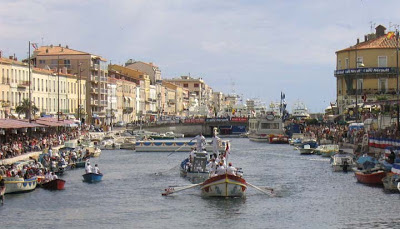 |
| Duke Lemur Center, "Tonga Soa" means "Welcome" in Malagasy |
A year ago, in
November, when we were in North Carolina for Thanksgiving, we did a family
outing to the Duke Lemur Center located near
Duke University in Durham, NC where a
very knowledgeable docent gave us a tour of the facilities and told us more
about lemurs than we ever knew before.
 |
| Prosimians include lemurs, bush babies, and lorises |
Lemurs are prosimians that live on the island
of Madagascar and the nearby Comora Islands. (The first prosimians lived 55
million years ago.) Lemurs once lived in
every part of the island but now, due to habitat destruction, are found only
around the edges. Wild lemurs often live
high in the trees and in remote places and many are active only at night. It is
hard to study lemurs where they live in the wild. The DLC provides the opportunity for scientists to
learn more about these unusual and endangered animals.
 |
| Sifakas in their Outdoor Enclosure |
Most of the lemurs at
the DLC live in family groups in buildings with access to both inside and
outside facilities. Each lemur has its
own room with a door to an outside cage.
Openings between cages allow the animals to be together or stay alone. We enjoyed watching the lemurs in their outdoor cages, where they scampered about, seeming
to enjoy the bright, sunny day as much as we were.
 |
| Map of Madagascar |
Many lemurs are nocturnal
(which explains why they often have such large eyes.) At the DLC, the nocturnal animals occupy
rooms that are dark during the day with the only light coming from low, red
lamps, which has the effect of starlight or moonlight. Because it is dark, the lemurs move around as
they would in the night, which allows scientists to observe their behavior
without having to work in the wee hours of the night. At night, bright lights are turned on in the
nocturnal room and the lemurs go to sleep.
When we visited, it took a while for our eyes to adjust to the dark
before we could see the animals.
In the warm months
(April to October) some of the lemurs are allowed to live in the forest that
surrounds the Research Center. There
they explore, climb trees, and hunt for food just as wild lemurs do in
Madagascar. A fence around the 14.3 acre
forest allows them plenty of room to roam.
In the forest, scientists observe the lemurs as they move about and
interact with one another. Since we were
there in November, all the animals were inside, but if you visit during the
summer, there is an option of an outdoor tour.
Tours: To find out about tours of the Duke Lemur Center and how to make reservations, click here.












